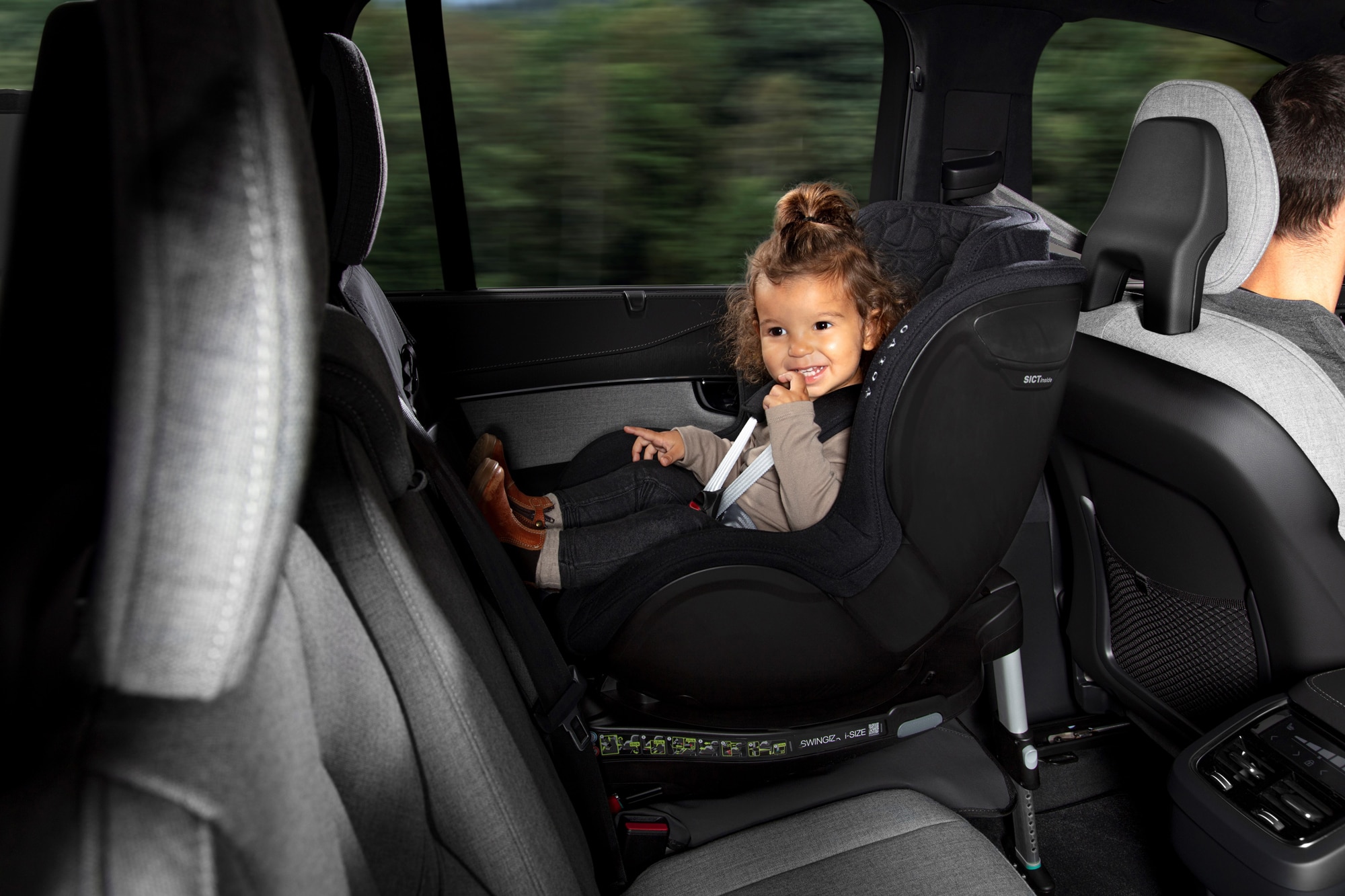What to Look For in an Infant Car Seat
These car seats are designed specially for newborns.
 Volvo
Volvo
If you plan to take your newborn baby anywhere by car, you'll need an infant car seat. There are lots of all-in-one car seats that will support a child from day one to year 10, but they tend to be on the bulky side, not to mention heavy. If that doesn’t appeal to you, a dedicated infant safety seat is the way to go.
What is an Infant Car Seat?
A baby carrier or infant car seat is designed specifically for the smallest children. It consists of two components: a docking base (which attaches directly to the vehicle) and a heavily padded seat, equipped with a five-point harness. This two-piece design reduces the amount of awkward bending a parent has to do through car doors, as they can buckle their child into the seat and tighten the harness while outside the vehicle; then all they have to do is lift the infant carrier into the base and slide it into position. Removal is nearly as simple, requiring the pull of a lever to unlock the seat from the base.
All infant car seats situate the child so they face the back of the vehicle, as that's the safest way for babies to ride. Your kid can use this kind of car seat until they exceed one of its weight or height limits. In general, such carriers accommodate kids weighing up to 35 lbs. and measuring up to 35 inches tall, although specifications vary by model.
What Should I Know Before Buying an Infant Car Seat?
Always buy new. You can't know what a used model has gone through, and child seats are less effective over time, due to wear and tear.
To prevent head flopping and airway obstruction, babies need to recline at a 45° angle while they ride. While all infant car seats should default to this position, a few models (such as Nuna's Pipa Relx and Graco's Premier SnugFit) offer several so you can attain the proper angle regardless of how the rear seat cushions are shaped. Many car seats also include a bubble level indicator to help you with positioning. Also note that infant seats are not recommended for routine or overnight sleep, as they may not prevent a slumbering child from slumping forward, which can result in sleep-related infant death.
What Features Should I Consider?
If you plan to travel often in a vehicle you don't own, you may wish to choose a model where the bucket seat can be secured to the vehicle without the use of its base. This also comes in handy if you plan to bring your child on an airplane; flying with a child is cumbersome enough without having to lug around a car-seat base. Just make sure the car seat you've chosen is approved for
Infant car seats often come with only one base, which can be a hassle to move from one vehicle to the next. If you expect your child will regularly ride in different vehicles, check to see that your prospective car-seat maker sells extra docking bases à la carte.
While you can certainly carry your infant carrier outside of the vehicle, many offer stroller compatibility. Such designs are often marketed as travel systems. Don't have room to lug a stroller in your car? Doona's infant seat actually transforms from carrier to stroller.
Written by humans.
Edited by humans.
 Evan McCausland
Evan McCauslandCar, truck, train, or bus—if a vehicle has wheels, chances are Evan McCausland is interested in it. More importantly, he’s interested in helping others learn more about cars and trucks, especially when it comes time to make a decision on their next vehicle purchase. For nearly two decades, he’s been fortunate to have the opportunity to do just that, writing for major automotive publications, automotive clubs, and automakers alike.
Related articles
View more related articles